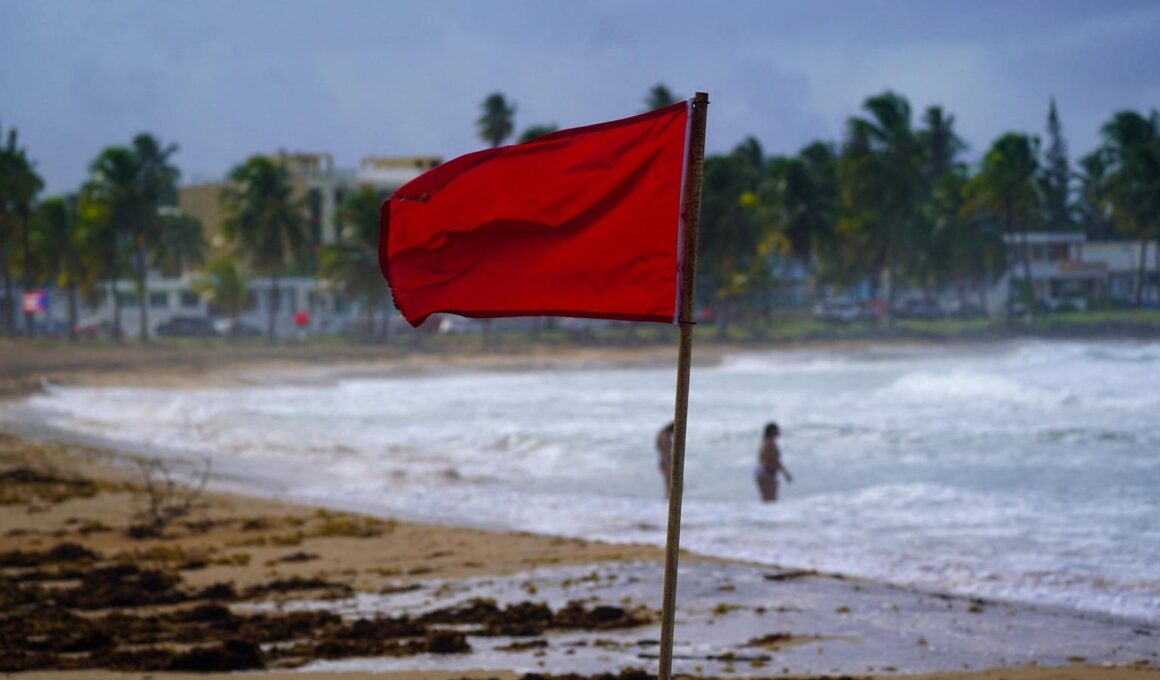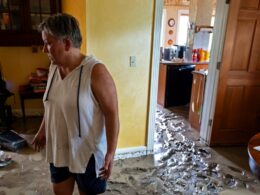Topline
Hurricane Ernesto will continue to intensify on Friday before passing over or near Bermuda, where forecasters have issued warnings to “protect life and property” amid the potential for “life-threatening” flooding this weekend, the National Hurricane Center said.
Forecasters warned preparations on the Atlantic island should be “rushed to completion” to “protect … [+]
Key Facts
Ernesto was upgraded to a Category 2 storm as of 8 a.m. EDT, with sustained winds up to 100 miles per hour and a center located about 255 miles southwest of Bermuda, according to the National Hurricane Center.
Preparations on the Atlantic island should be “rushed to completion” to “protect life and property,” the agency said, following a statement Thursday by Michael Weeks, Bermuda’s National Security Minister, who reportedly said “time is running out” for residents.
Ernesto will produce up to 12 inches of rain across Bermuda and up to 15 inches in isolated areas, which the National Hurricane Center said will likely result in “considerable life-threatening” flash flooding.
A “dangerous storm surge” is also expected to cause significant coastal flooding in Bermuda—which has an estimated population of about 72,800—with the potential for “large and destructive waves” as tall as 40 feet.
Get Forbes Breaking News Text Alerts: We’re launching text message alerts so you’ll always know the biggest stories shaping the day’s headlines. Text “Alerts” to (201) 335-0739 or sign up here.
What To Watch For
Though Ernesto is not expected to threaten the U.S. mainland directly, the storm will likely result in dangerous rip currents and rough surf conditions on the East Coast, including beaches in New Jersey and Delaware, the National Weather Service said. The National Hurricane Center said Ernesto will continue moving northeast through the weekend and could affect Atlantic Canada late Saturday. An area off the coast of Newfoundland, Canada, will likely be impacted by winds up to 80 miles per hour by Monday, the agency said.
Key Background
Ernesto formed into a hurricane north of Puerto Rico on Wednesday, after leaving thousands of homes and businesses without power. The storm is the third hurricane and fifth named tropical storm of the season, which forecasters predicted would be one of the busiest on record. The National Oceanic and Atmospheric Administration said up to 25 named storms are expected through the season, which typically ramps up in late August through September. Meteorologists attributed this year’s forecast to near-record sea-surface temperatures and the disruption of wind shears by the La Niña weather phenomenon.
Big Number
259,872. That’s the number of people still without power in Puerto Rico, representing about 17.7% of all customers, according to Luma Energy, Puerto Rico’s energy distributor. About 40.7% (20,612) of all customers in the U.S. and British Islands are also without power as of 10 a.m. EDT, according to PowerOutage.us.
Further Reading








